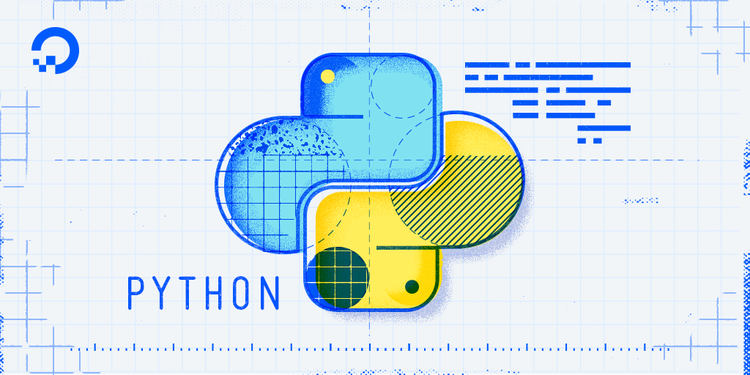datastruct-tut
Basic Data Structures: An Introduction
TOC
Assumptions
The reader has a basic working knowledge of object oriented programming in Python3.
Introduction
I am Jeremy Jones, a computer science major at BYU-I.
This tutorial shall teach the reader about the basic data structures Stacks, Linked Lists, and Binary Trees. There will be example code for some problems for the purposes of demonstration. In addition there will be a programming challenge to be solved with the data structure discussed in each module with an example solution in case the reader gets stuck.
Data Structures
Data structures in the field of computer science are collections of data values and their relationships that enables efficient access and use for varying use cases. Depending on what is going to be done with the data, there are different ways of storing, formatting and accessing the data that can be leveraged by using different data structures.
Big O Notation
Big O notation is important for talking about the performance of a given algorithm.
Big O notation is a mathematical way of representing how fast a given algorithm is as it’s data set, or inputs trend towards infinity.
A single operation would be described as O(1).
# O(1) performance
def add(x, y):
return x + y
The function below will loop through the data set once to find a solution. It can be said it would take O(n) to complete it’s task.
# loops through the entire array once, printing each item
# O(n) performance
def print(n):
for item in n:
print item
For the purposes of Big O notation any constant multiples or addends are dropped off. The function below would be O(2n) because it loops through the data twice, but we drop that constant so it’s just O(n).
# loops through the entire array twice, printing each item
# O(2n), the constant is dropped for O(n) performance
def printTwice(n):
for item in n:
print item
for item in n:
print item
A nested for-loop is an example of an algorithm that takes O(n²) time. This one would print a two dimensional array.
# prints each item in a 2d array.
# O(n²) performance
def printMatrix(n):
for row in n:
for col in row:
print(col)
A classic example of an algorithm with exponential Big O notation is a recursive fibonacci sequence. It has a Big O notation of O(2ⁿ). For every call to fib, fib calls itself twice. There will be more on recursion later, if you don’t understand it now, don’t worry about it. Just understand this gets slow very quickly.
# This has O(2ⁿ) performance. This is terrible!
def fib(n):
if n <= 1 : return n
return fib(n - 2) + fib(n - 1)
For the purposes of big O notation we also drop the least significant terms. So if an algorithm took O(n⁴ + n² + n/2) time we would just say it takes O(n⁴) time to complete. As our data becomes arbitrarily large those lesser terms become less and less significant. A big O notation of O(log(n)) is best, while O(2ⁿ) is very poor.
